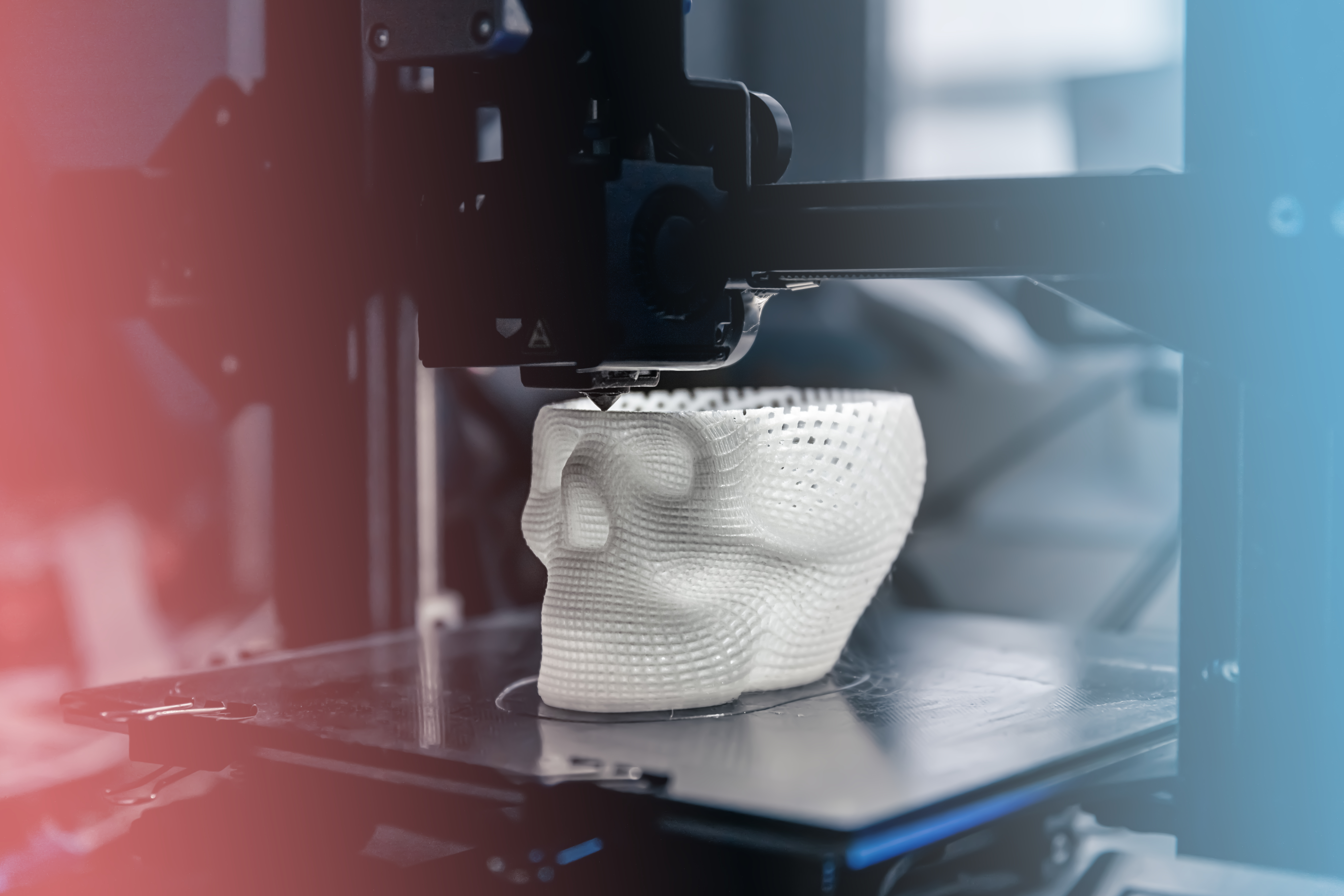Introduction:
3D printing technology has become increasingly popular in many industries, including dentistry. With its ability to create highly precise and customized prosthetics, 3D printing has revolutionized the way dental care is delivered. In this article, we’ll explore the advantages and challenges of 3D printing in dentistry, and provide some examples of how this technology is being used in the field.
Advantages of 3D Printing in Dentistry:
One of the biggest advantages of 3D printing technology in dentistry is its ability to produce highly precise and accurate dental prosthetics. This precision is critical for achieving the best possible patient outcomes. Other advantages of 3D printing in dentistry include:
- Faster production times: 3D printing can produce dental prosthetics much faster than traditional methods, which can reduce the amount of time patients spend in the dental chair.
- Cost-effectiveness: Because 3D printing can produce highly precise models with minimal waste, it can be a cost-effective option for dental labs and clinics.
- Customization: 3D printing allows for the creation of highly customized dental prosthetics that are tailored to the patient’s specific needs.
Challenges of 3D Printing in Dentistry:
While 3D printing technology has many advantages, there are also some challenges that need to be addressed. These challenges include:
- Initial cost of technology: The initial investment in 3D printing technology can be expensive for some dental clinics and labs.
- Need for specialized training and expertise: 3D printing requires specialized training and expertise, which may be a challenge for some dental professionals who are not familiar with the technology.
- Regulatory approval: Some dental prosthetics produced using 3D printing may require regulatory approval before they can be used clinically, which can be a time-consuming process.
Examples of 3D Printing in Dental Prosthetics:
One of the most exciting applications of 3D printing in dentistry is the creation of custom dental implants. 3D printing allows for the creation of dental implants that fit perfectly in the patient’s mouth, resulting in a more comfortable and natural-looking restoration. Other examples of 3D printing in dental prosthetics include:
- Orthodontic models and appliances: 3D printing can produce highly accurate models of a patient’s teeth, which can be used to create customized orthodontic appliances such as braces and aligners.
- Surgical guides: 3D printing can be used to create surgical guides that help dentists perform complex procedures with greater accuracy and precision.
How to Incorporate 3D Printing Technology into Your Dental Practice:
If you’re interested in incorporating 3D printing technology into your dental practice, here are some steps you can take:
- Invest in the right equipment: Research and invest in 3D printing equipment that best suits your practice needs.
- Get the right training: Make sure you and your staff receive specialized training to ensure successful implementation.
- Start small: Begin by incorporating 3D printing for smaller procedures and gradually expand as you become more familiar with the technology.
- Work with a reputable supplier: Partner with a reputable supplier who can provide support and guidance as you integrate 3D printing into your practice.
Future Directions for 3D Printing in Dentistry:
As 3D printing technology continues to advance, its potential in dentistry is vast. Emerging trends and technologies include the use of biocompatible materials, the ability to print full jaw models, and the integration of artificial intelligence for more efficient and accurate printing. The future of dental prosthetics looks bright, with 3D printing technology at the forefront of advancements.
Conclusion:
3D printing technology has transformed the field of dental prosthetics, offering faster, more precise, and more cost-effective solutions for dental care. While there are challenges to overcome, the potential for customization and precision in dental prosthetics is unparalleled. Dental professionals who embrace this technology stand to benefit greatly, both in terms of patient outcomes and practice growth.
Are you excited about the potential of 3D printing in dentistry? We are! Share your thoughts on this game-changing technology and let’s chat about how it’s transforming the field. Drop us a comment and let’s start the conversation! 💬🦷



